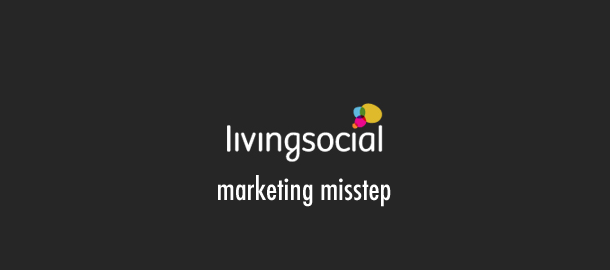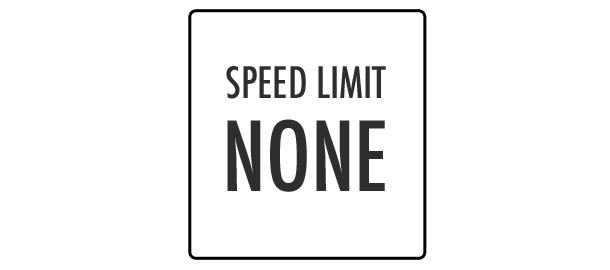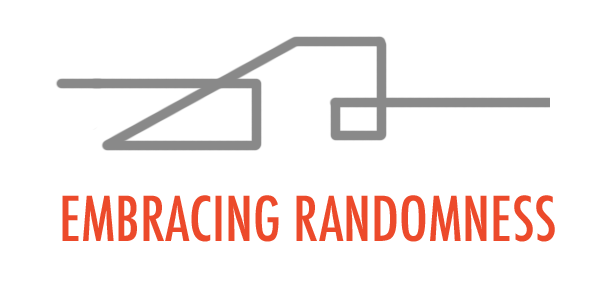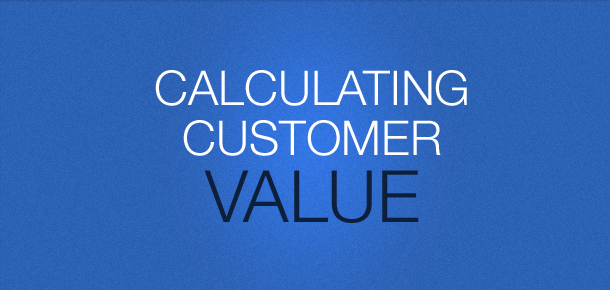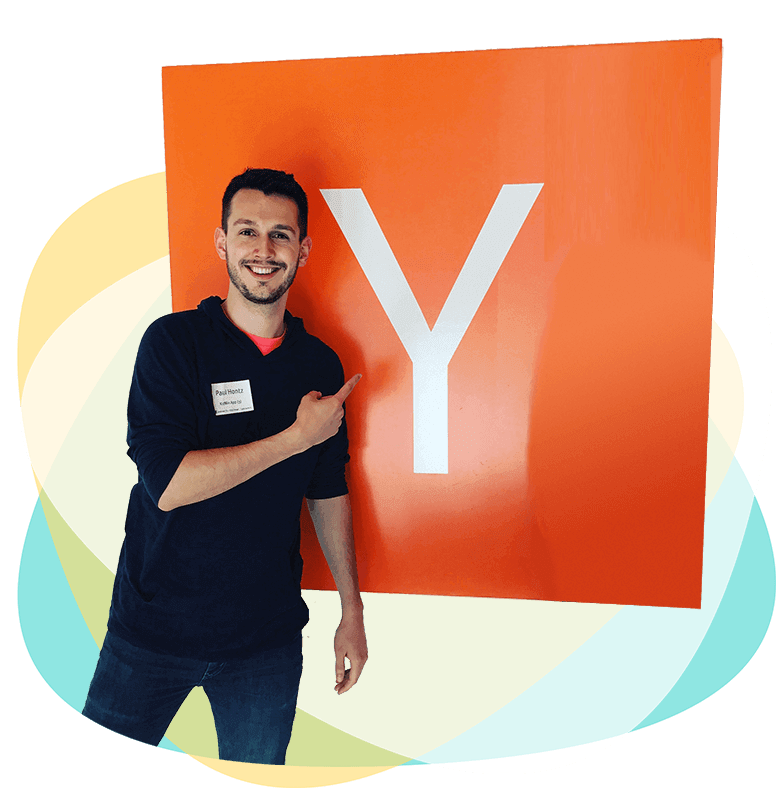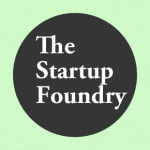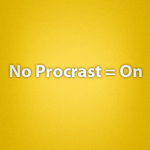Why two engineers left Apple to build a Flash alternative: The Hype (YC W11) story

Hype is an HTML5 Animation Builder for Mac OS X. It allows you to build interactive sites in HTML5 that rivals Flash. Hype launched last Friday and they are already the top grossing app on the mac app store.
Earlier today I had a chance to catchup with one of the cofounders, Jonathan Deutsch, to talk about his experience leaving a safe job at Apple to launch a startup, where his inspiration came from for Hype, and his experience with Y Combinator.
Where did the idea for Hype come from?
At one point after a trip to Europe, I wanted to make a photo website that would be as nice as a beautifully bound photo album, and use lots of effects. Coding this with HTML5 would have been a nightmare. There had to be a better way, and that’s how the idea for Hype was born. It stuck with me, and eventually I realized this was going to be a great opportunity for a business.
Where did you work prior to launching your own startup?
I worked at Apple. I was the engineering manager for the Mail.app back end (Mac OS X), but also worked on software updates, automation technology, SJ keynote demos, and other engineering projects.
I met Ryan at Apple as well, celebrating after a successful WWDC kickoff. He was working as an engineering project manager for Mac OS X. It was a really central role; he (and the team he was on) were responsible for coordinating the entire release of Mac OS X. Sometimes at bars we’d run into people who were Apple or ex-Apple, and Ryan would introduce himself, and they’d reply, “Oh, I’ve gotten emails from you!”
What made you decide to leave a “safe job” at Apple and build a risky startup?
I had always wanted to have my own company; I suppose its “in the blood.” It was getting to be pretty clear that there was a new wave coming to the web, much like “Web 2.0” but instead of it being called “Web 3.0” it was called HTML5. It’s a marketing term really, generally referring to new HTML5 tags, CSS3 styles/animations, and better JavaScript performance. It also refers to being able to have the full web on your phone. It was always in the back of my mind that for any technology shift you’d need tools to help out. I’m really a tools guy, though we tend to call them “apps” nowadays.

I was faced with the decision of continuing to work with the great people on my team on a clearly high impact project, living with the “what if” syndrome, or trying to forge my own path. “Regret Minimization” is what should win out in life, so it did. I had done a lot of different projects at Apple, and felt I made my mark both internally on the company and externally on Mac OS X.
I had established a fair number of relationships at Apple, and felt if my startup failed I could always go back. At Apple the question is often “how many times have you worked here?” When you’re hired, you get new hardware… so I like to joke that the worst case is I’d end up with a new Mac Pro out of the deal.
Walking away is bittersweet, and there’s definitely a social and professional net that you leave behind. That’s one of the main reasons we decided to pursue Y Combinator. We didn’t want to be on an island by ourselves.
Apple is publicly against Flash. Did this have any influence on your decision to build Hype?
Not specifically. While Flash enables some really great content on the web, there’s lots of people who aren’t favorable on it due to its lack of accessibility, CPU usage, or crashes. It isn’t appropriate for mobile. To Adobe’s credit, they’ve been more active lately in trying to address these issues.

What perhaps had more of an influence is Apple’s driving the web forward. WebKit is really a great project. I think a lot of people forget that innovation in the browser was basically dead until Safari. The canvas tag, while controversial at first, showed that new standards could be made and adopted by other browsers. The JavaScript performance wars have moved the world forward. Now WebKit is on almost every smartphone. It’s great to see HTML5 as a new platform, and Apple deserves a lot of credit.
How did you get into to Y Combinator?
We got in through Y Combinator through the normal interview process. Ryan and I both found the questions from the initial application were great for helping to clarify our business plan, realizing our target markets, and helped ensure the two of us were on the same page. I’ve recommended to everyone I know that even if you’re not going to apply to YC, fill out the application.
What has been your experience with Y Combinator?
YC is definitely worthwhile. The network effects are staggering… it gives any YC company an advantage in making the right contacts, finding investment, and being in a support net with others in the same boat. And if you’re starting a company, why wouldn’t you want every advantage available to you? Paul Graham, Paul Buchheit, and Harj Taggar all give great advice with brilliant ideas sprinkled in. The dinners are fun, and there’s a lot that we learned from the speakers. Most founders would come early before each dinner just to hang out and discuss their startups or demo their products. The atmosphere is electric and contagious.
Y Combinator is also heavily focused around finding additional investment. Startups always need more cash! Finding funding was not a major concern to our us, as our “old school” business plan was to sell Hype from the get-go, and we had confidence it would be able to generate revenue. In that regard, we didn’t take as much advantage of YC as other companies are able to. We did make several strategic connections through investors to other companies and individuals in our space that have already been of benefit.
As an aside, during the YC timeframe we were so focused on developing our product that Paul Graham actually emailed us and was concerned that we hadn’t gone to enough office hours!
Don’t forget to checkout Hype!
For more startup news, follow us on Twitter @startupfoundry or on Facebook.


